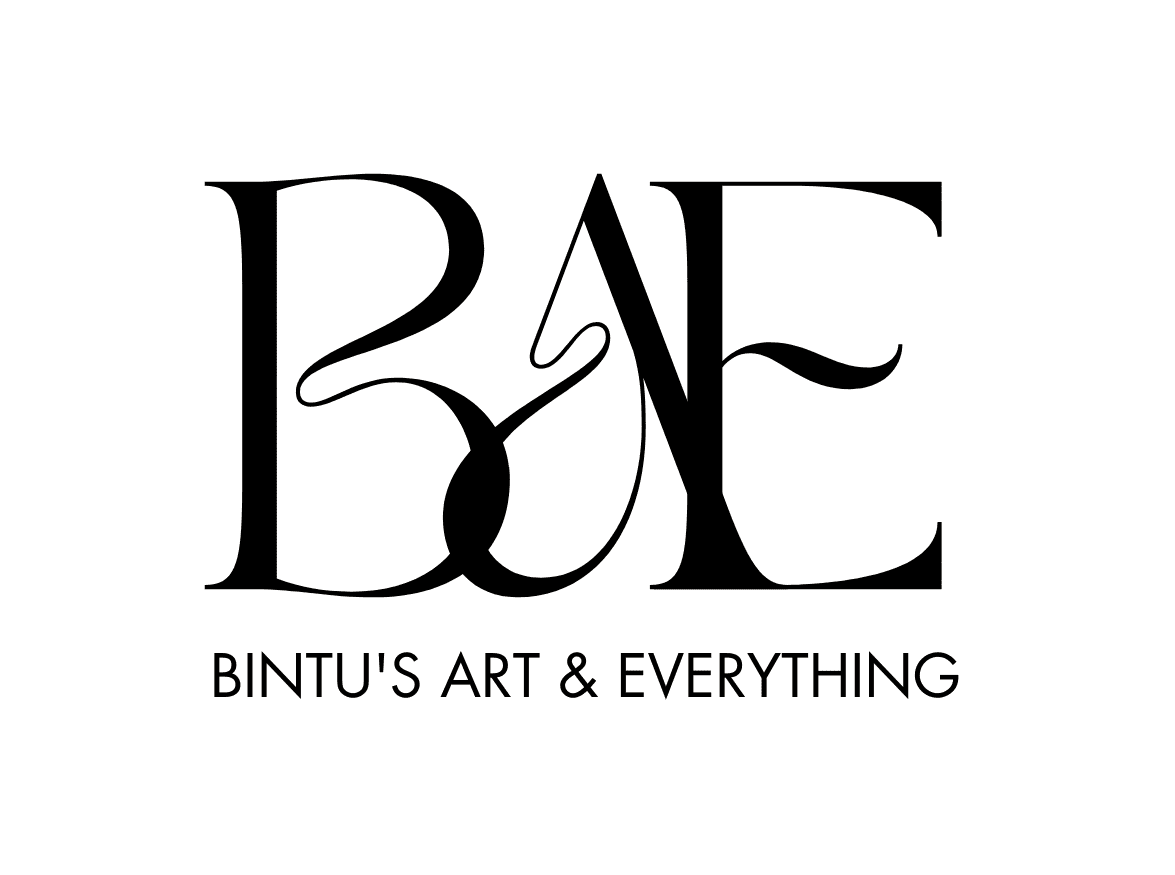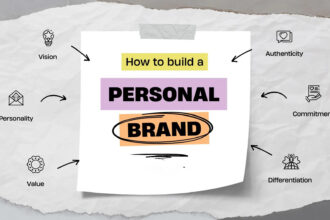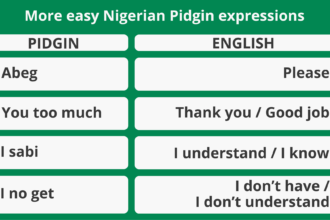Originality vs. Convenience: The Brand Impact of AI-Generated Content vs. Stock Photos & Videos
In today’s fast-paced digital world, brands are under increasing pressure to produce engaging, relevant content that captures their audience’s attention. The dilemma? Should they prioritize original, AI-generated content that reflects their unique identity or rely on the tried-and-true convenience of stock photos and videos? Both options offer distinct advantages, but they also carry significant implications for brand perception and long-term success.
Let’s delve into the core of this debate—originality versus convenience—and explore how each approach impacts your brand’s image, authenticity, and competitive edge.
The Rise of AI-Generated Content
Artificial Intelligence has revolutionized content creation, enabling brands to generate visuals, text, and even videos quickly and at scale. AI tools like Midjourney, DALL·E, and ChatGPT empower marketers to produce tailored, contextually relevant content without the heavy costs of traditional production.
Advantages of AI-Generated Content:
- Speed and Scalability: Generate large volumes of personalized content rapidly.
- Cost-Effectiveness: Less expensive than photoshoots, video productions, or hiring designers.
- Customization: Tailor visuals and messages to specific audience segments.
- Innovation and Creativity: Push creative boundaries with unique AI-generated art and text.
However, over-reliance on AI can lead to generic or impersonal content, risking a disconnect with audiences seeking authenticity and relatability.
The Convenience of Stock Photos and Videos
Stock imagery and videos have been staples in marketing for decades. They are readily accessible, affordable, and require minimal effort to implement.
Advantages of Stock Content:
- Instant Availability: Use high-quality visuals immediately.
- Cost-Effective: Memberships or licensing often cost less than producing custom content.
- Wide Range of Options: Cover diverse themes, lifestyles, and concepts.
- Consistency: Easy to maintain visual uniformity across campaigns.
But the downside is that stock content can be overused and easily recognized, which may diminish brand originality and authenticity.
With 82% of consumers saying they distrust brands that use generic content (Bazaar.com), this decision impacts:
1. Authenticity and Trust
- AI-Generated Content: When executed well, it can produce highly personalized, innovative visuals that align with your brand voice. For example, a homegrown startup crafting bespoke AI art showcases innovation but risks alienating audiences if the content feels too “machine-made” or inconsistent.
- Stock Photos/Videos: Frequently used by numerous brands, they may appear generic or detached, undermining efforts to build trust or convey a genuine brand story.
2. Uniqueness and Differentiation
- AI Content: Offers the potential for truly unique visuals that set your brand apart, especially if the AI is trained or customized for your brand identity.
- Stock Content: Tends to be less distinctive; audiences often recognize familiar images, making it harder to stand out.
3. Perceived Quality and Professionalism
- AI Content: As AI tools improve, generated visuals can rival professional photography and design, elevating your brand’s credibility.
- Stock Content: When selected and used thoughtfully, it conveys professionalism, but overuse can lead to a perception of laziness or lack of originality.
4. Long-term Brand Loyalty
- Authenticity Drives Loyalty: Customers gravitate toward brands that feel real and relatable. Original content—whether AI-generated or custom-made—builds a more profound emotional connection.
- Over-Reliance on Stock: Can make a brand seem impersonal or disconnected from its community, hindering long-term loyalty.
Related Article:
- Video Content or Graphics — Which One Drives More Traffic?
- How to Create a Social Media Content Calendar That Saves You Time
Making the Right Choice for Your Brand
The decision isn’t black and white. Instead, it’s about striking a balance that aligns with your brand’s values, audience expectations, and resources.
Recommendations:
- Use AI-generated content to create distinctive visuals and personalized experiences, but ensure it aligns with your brand’s voice.
- Complement AI-created content with authentic stories, behind-the-scenes footage, or user-generated content to build trust.
- Select stock images/videos sparingly—preferably customized or edited to better suit your brand, avoiding clichés and overused visuals.
- Prioritize quality and relevance over convenience to foster genuine connections with your audience.
Final Thoughts: The Future of Content Creation
As AI technology continues to advance, the line between originality and convenience blurs. The most successful brands will likely blend both approaches—using AI to generate unique, personalized content, and supplementing with authentic, human-created narratives and carefully curated stock visuals.
Remember: Authenticity and relatability are paramount. Whether AI or stock, your content should serve to tell a genuine story, reflect your brand’s identity, and foster trust with your audience.
In the end, smart content strategies that prioritize quality and authenticity over mere convenience will resonate more deeply—and yield lasting brand loyalty.
Image source: Seyfert.pt





